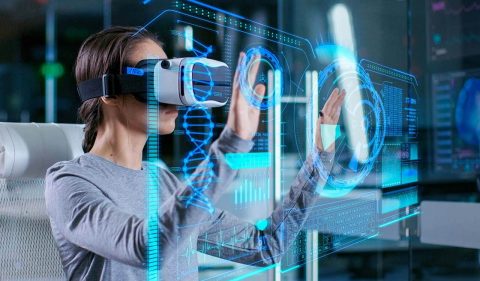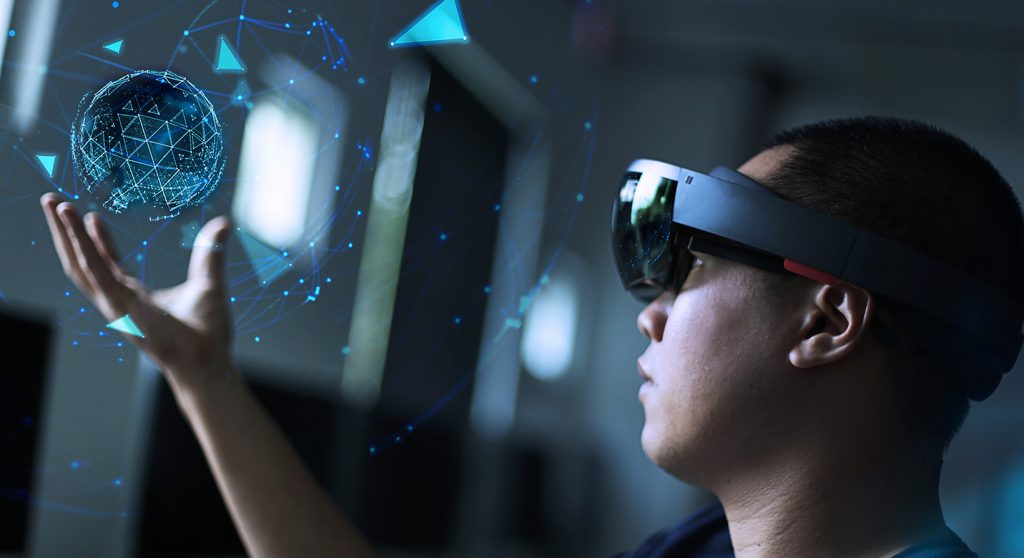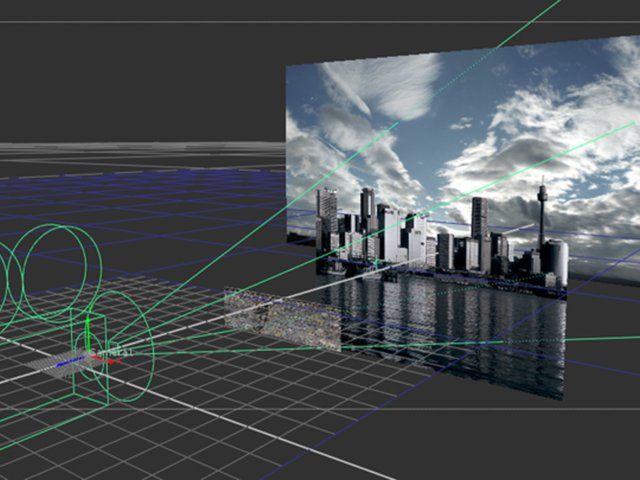Emotion 3D
Combining the forces of creativity and innovation.
Stereoscopic 3D Post-Production
3D Made Better

Geometry Correction …
Decoding the process of geometry correction to bring about an effortless experience that is worth every effort.

… Depth Analysis …
Conducting an in-depth analysis of the tasks so that you can always look towards getting the most of it.

Depth Adjustment…
Meeting the many needs of the project by moving ahead with depth adjustment as a means to find better results.
Stereoscopic Post-Production Workflow
The Stereoscopic Suite X3 is a comprehensive toolset for working with stereoscopic footage. The SSX3’s extensive functionality makes it a pipeline foundation for 3D post-production professionals.
Our Photos
Get What You Expect…
Reviews
Your opinion counts…
Annette K Swisher
As they say, innovation is a key part of their services, and as someone who has experienced it, I can guarantee the fact that innovation will be vital in all fronts.
Candace L Perez
The different features and beneficial options that they provide are valuable aspects that took me forward to head in the right direction.
From Our Blog
POPULAR TREATMENTS for ERECTILE DYSFUNCTION A state in which a man is not able to sustain an erection during sexual intercourse is known as Erectile Dysfunction. This condition has affected many men, and doctors will, in many circumstances, make a diagnosis when this condition prolongs for weeks. The good thing is that most men can now talk about this openly and […]

New Trends in Virtual Reality Visualization of 3D Scenarios
Virtual Reality (VR) has successfully been employed for a wide variety of applications because it can bring about significant improvement and can be extremely effective in fields such as engineering, design, medicine, education and training, arts, entertainment, architecture and construction, business, marketing, military, communication, exploration, and so on. Since VR is basically a three-dimensional representation of a virtual environment, mainly because of computer-generated simulation, visualization and computation are the key technologies which need to be paid attention to. However, even though computational technology experienced exponential growth over the last decades (the number of transistors on an IC doubles approximately every 18 months as per Moore’s law), the technology devoted to visualization did not catch up with its counterpart until much later. Here are some of the latest trends in virtual reality visualization.
Immersive Video
Immersive Video (IV) technology is used for 360° video applications like the Full-Views

Full-Circle 360° camera. This video can be projected as multiple images on large screens like an immersive dome and can be streamed so that viewers can look around and get the feel of being in a real scenario. There are several types of IV technologies, their common denominator being the possibility to navigate within a video and explore the scene in all directions while the video is running. The scenario is available for a 360° view, but is visible only for a limited portion at a time, changing according to the user’s preference. Currently, there are only a few companies devoted to IV technology, but their number is assumed to grow exponentially soon.
Nomadic Video
A different way of visualization comes from the Nomadic Video (NV) wherein the display surface is not required to be dedicated or static, and the video content can change based on the surroundings decided by the user. With this technology, everyday objects can be turned into tangible interaction devices and dedicated projection surfaces. Pico-projectors and

Kinect sensors might be able to turn any surface into an interactive display. Everyday objects surrounding the user become a kind of remote control, in the sense that the pico projector plays different scenes according to its arrangement in space. Makeshift display surfaces such as a piece of paper or a book can be manipulated within a limited three-dimensional space, and the projected image/video will reorient itself, even going as far as to rotate when the paper is rotated. The accuracy of detail displayed by the projector can be altered considerably, as per the amount of display surface available. The nomadic video system allows everyday
objects to function as a remote control as well. For example, a presentation can be controlled with the help of an object to manipulate another object within the field of vision of the camera.

Emotion 3D
2901 Poplar Chase Lane,Kendrick,ID,83537
Phone:208-289-1309
Disparity Map Generation
Leading the path towards systematic brilliance and change.






